‘Truth Be Truth to Th’ End of Reckn’ning’ was the final product of a 13-week rehearsal process for the module ‘Artist as Witness’. An ensemble project where everyone took an equal share of writing, choreographing, directing, and performing. We focused on the way that we can bear testimony to events that we did not witness.
The process that led up to this show was one of the most influential within my time at university. I discovered at throughout this module the kind of practice that I wanted to become involved with as an artist. Having had a keen interest in history throughout school, learning how to sensitively make a performance about a large-scale historical event was extremely interesting for me. The Second World War is an era of history that intrigued me both on a historical and personal level. Learning about this on paper is one thing, but when standing inside the first gas chamber at Auschwitz 1, the reality of the Holocaust hits home on a deeper level.
Allmand, C (2019) Truth be truth catalogue document Blurb.
“I am just a speck of dust and so is everyone. One day we all will be gone, forgotten and left behind. We will be missed by few near and dear ones for few days, three-four months, one-two years and sooner or later, even they will start living a normal life. The world is not going to stop for us. So, let’s not stop for the world. Let’s not take the pain every time. Let’s start living in the moment.” – Mitali OK
So, will anyone remember us after we have gone…?
A large learning curve that myself and others faced during this process was learning how to trust and work as a large ensemble. An ensemble that featured individuals who all had very different learning and personality styles. Instinctively groups began to form with closer friends staying together for comfort and affirmation. We attempted many ways to bond as a group however something that I have come to learn is that an ensemble does not need to fit into a specific shape, it can work in its own unique shape. Despite differences being notable there was a level of common humanity that was present, one that said, “we are in this together”. This level of humanity, differing relationships and storytelling created the visual and meta-level description of a dysfunctional family. We created this to allow images to come out of the seated ‘family hostel’ setting and be performed in the rest of the space.
Since this performance finished, I have been thinking about the workings of the whole ensemble. I found that as a director it is important not to force a group to do everything your way, you can stand back and hand some of the power to the ensemble. When dealing with sensitive and personal material, people will react in different ways, it is important to not judge each other on these reactions. Overall, the ensemble will find its own natural way of working and will fall into its own rhythms and routines of creation. This philosophy is one that I have taken on in my future projects.
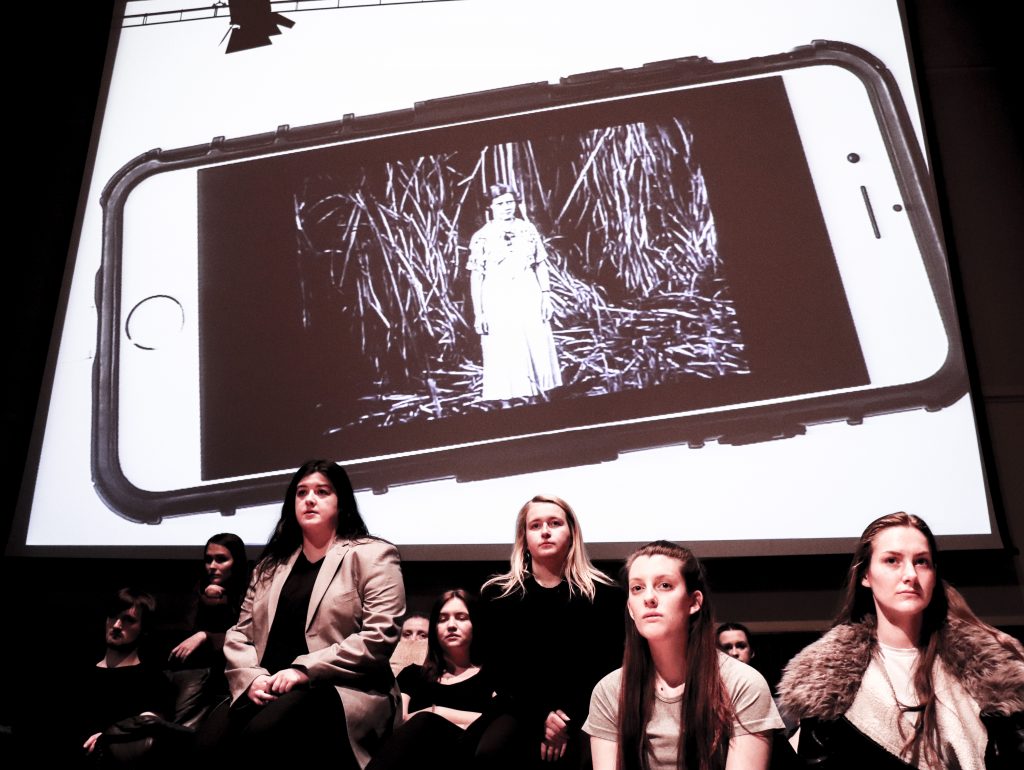
Photo Taken by Kiran Tanna
It was during this process that I began to discover a way to place yourself within the context of a cultural event. Doing this without at any point aiming to imitate or recreate atrocities. By making work in this way we were able to bring subject matter to audiences in a sensitive manner meaning that they were able to engage with the topic in a different way. Learning this technique made me wonder which other areas of history would interest audiences.
One key element of the show that the audience particularly connected with was the level of humanity that was present. People are interested in people and events; this discovery began my exploration into historical stories that are not told as frequently. This inspired my Independent Practice as Research Project: Make do and Mend, a show exploring female friendships during the Second World War.
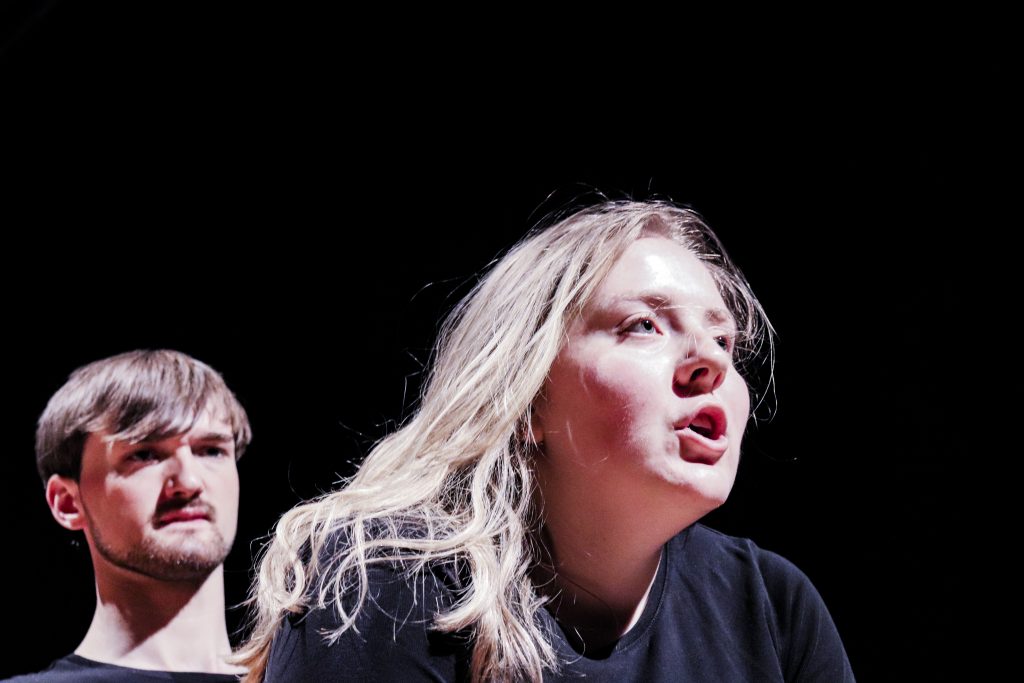

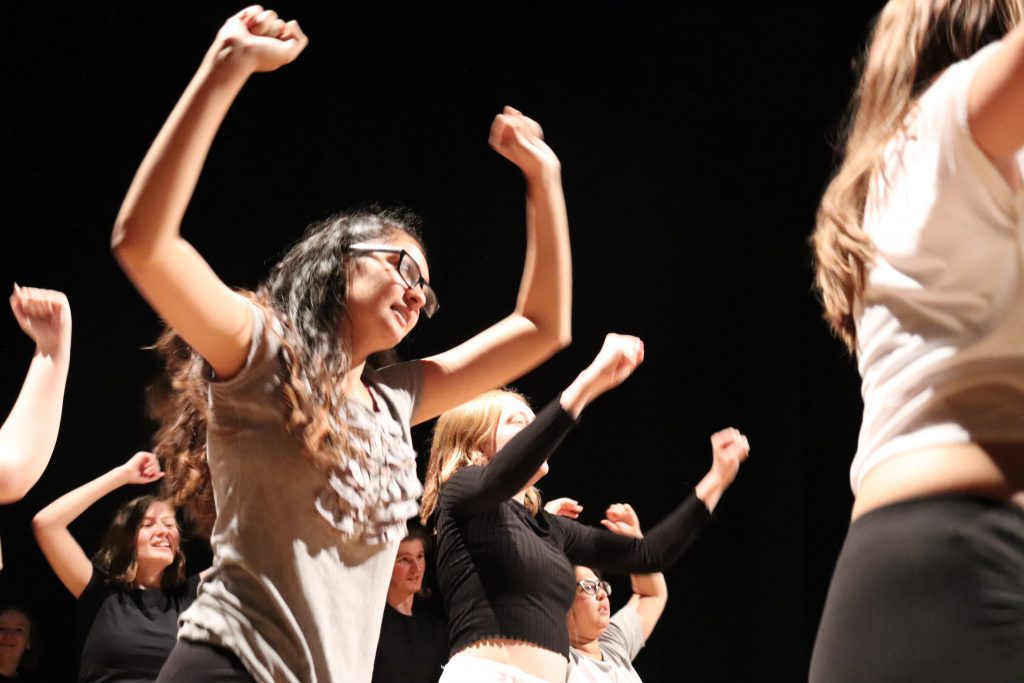
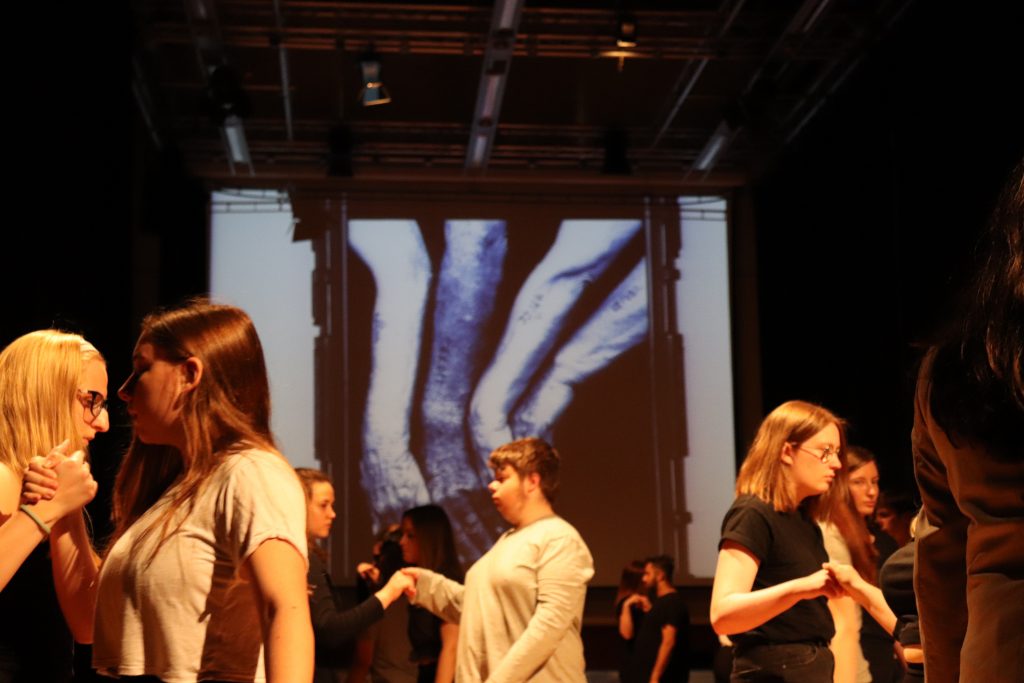
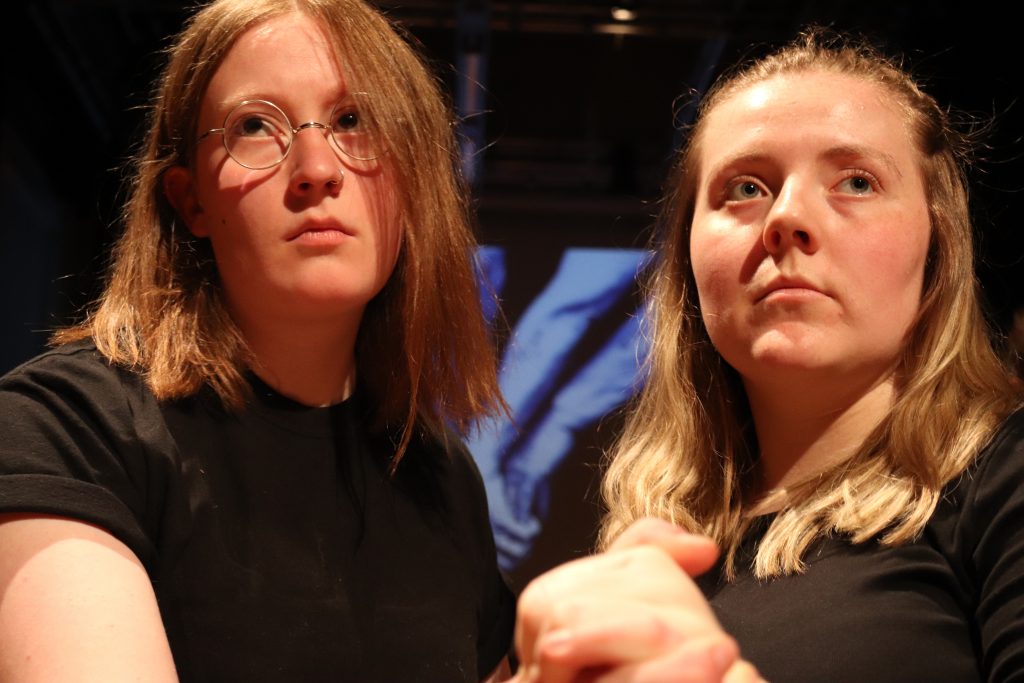
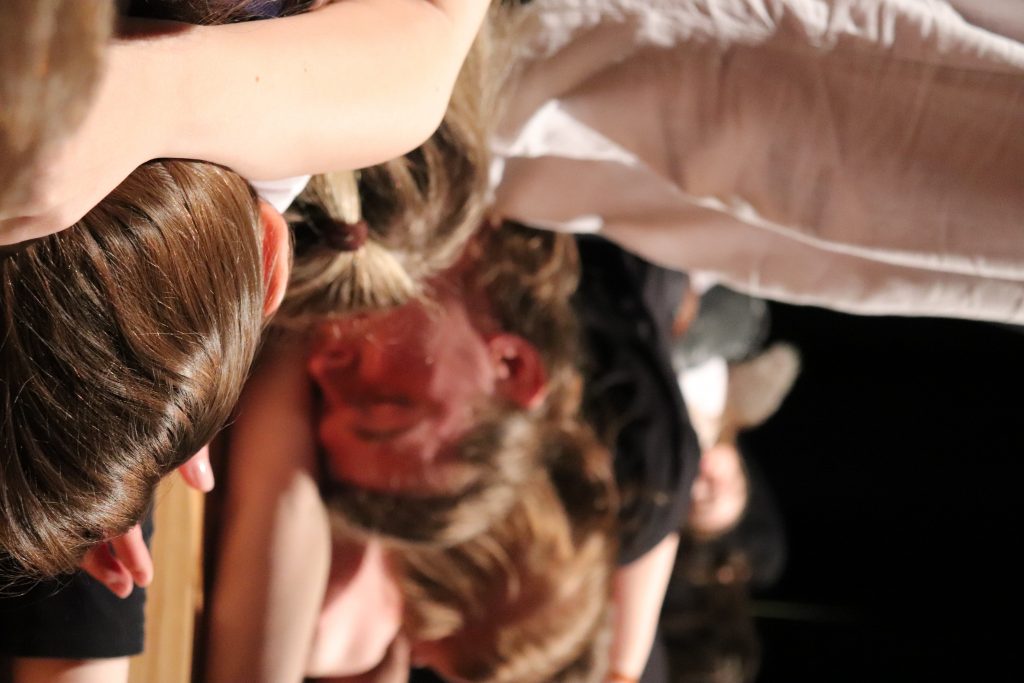
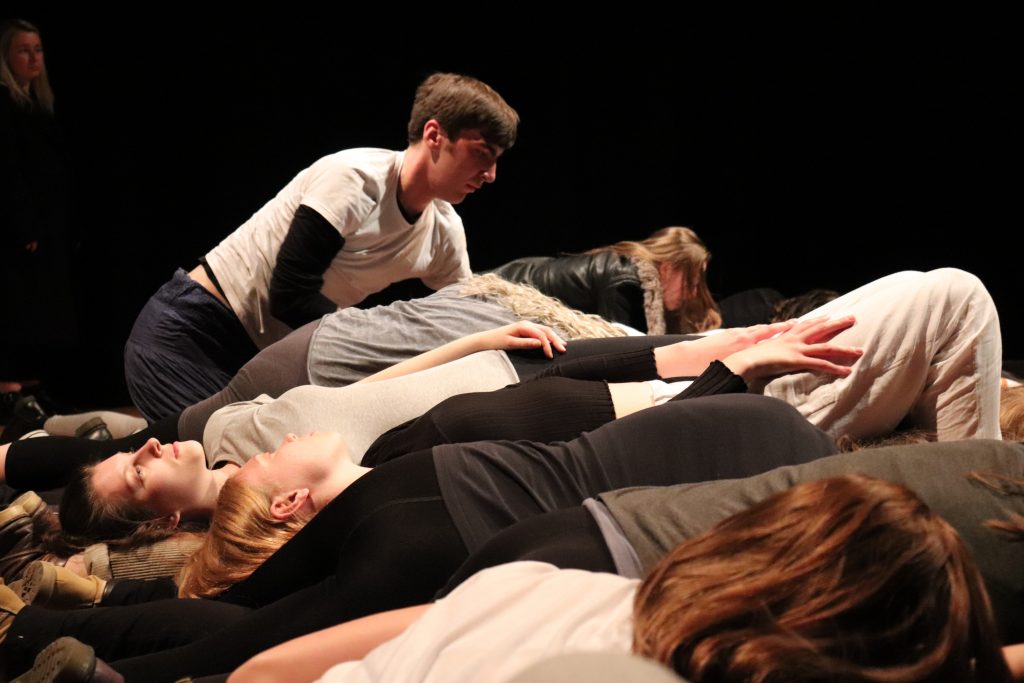
Photos Taken by Kiran Tanna